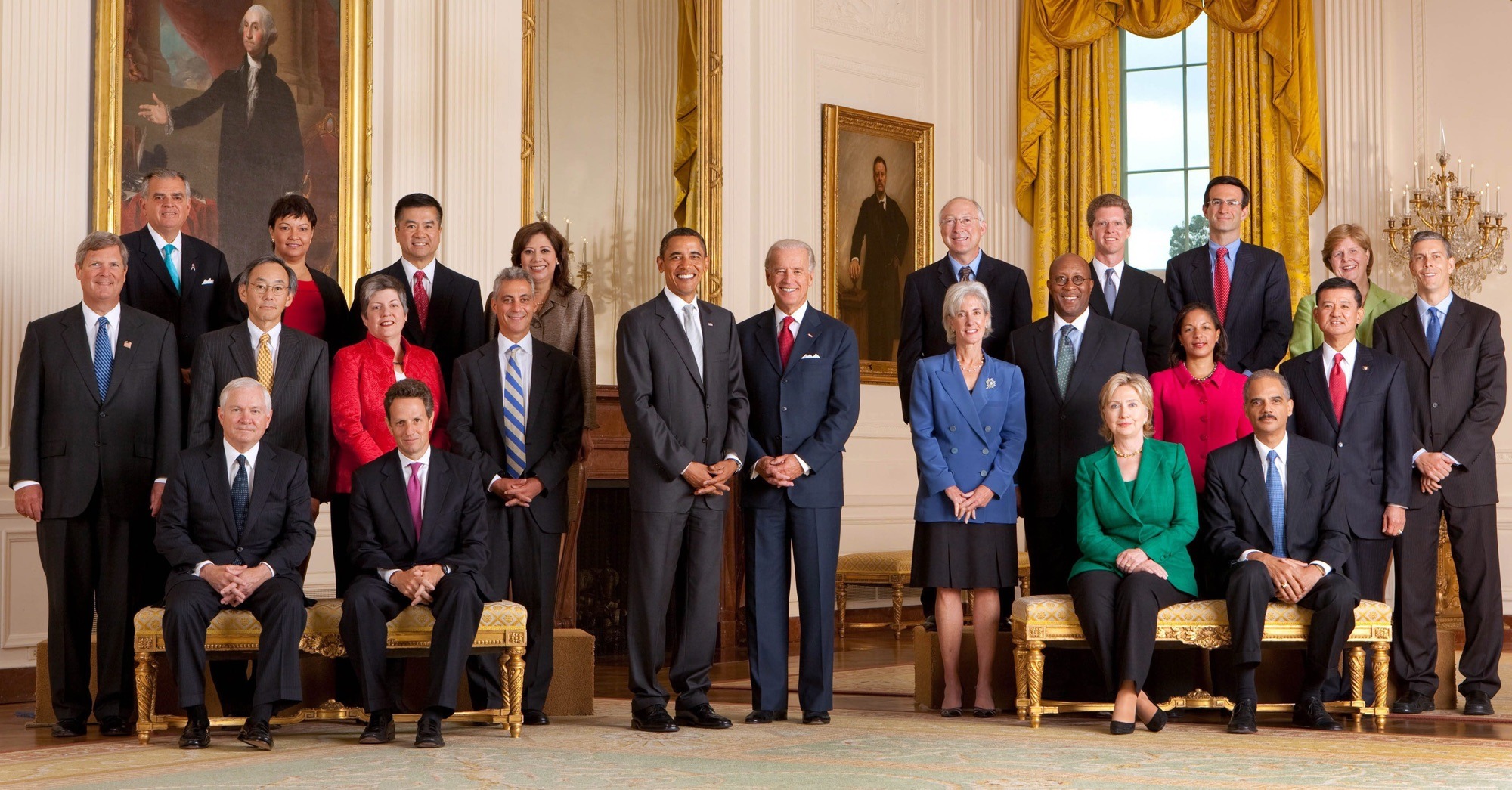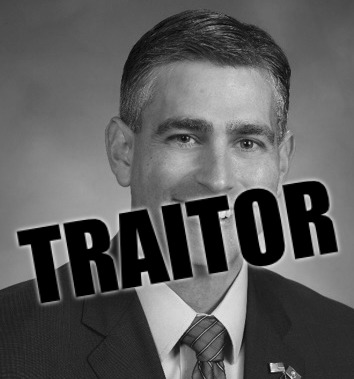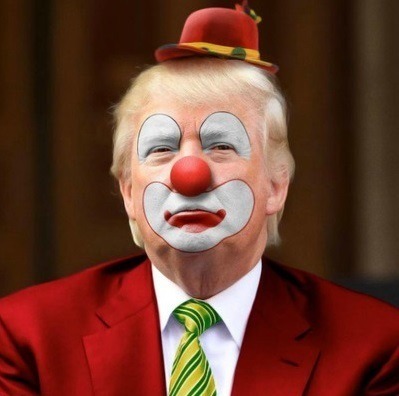Since his inauguration last month, President Donald Trump’s economic policies have set off alarm bells, with key indicators pointing toward a looming recession. Aggressive tariffs, rising inflation expectations, and declining consumer confidence have combined to create economic uncertainty. Investors and analysts are warning that the administration’s moves could derail growth and send the U.S. economy into a downturn.
One of the most immediate concerns stems from Trump’s new tariffs, particularly a 25% tax on European Union imports. This policy has rattled global markets, with European automakers like BMW and Porsche seeing sharp declines in stock value. The EU has threatened retaliation, escalating the risk of a trade war that could hurt both economies. Tariffs on Mexico, Canada, and China are also set to take effect, further compounding economic instability.
The stock market has responded negatively to these developments. The Dow Jones and S&P 500 have both posted sharp losses in recent days, reflecting investor anxiety over Trump’s economic strategy. Market analysts warn that if the administration does not signal a shift in approach, further declines are likely. Business leaders are also voicing concerns that these protectionist policies will lead to supply chain disruptions and rising costs.
Consumer confidence has plummeted in response to these economic shifts. The Conference Board’s consumer confidence index dropped to 98.3 in February, marking its lowest level in eight months. This represents the sharpest decline since August 2021 and signals growing public concern about the administration’s policies. Households are increasingly worried about job security, inflation, and potential economic instability.
Inflation expectations have surged, adding to the pressure on American consumers. Analysts report that inflation expectations have now reached 6%, the highest level since May 2023. The tariffs are expected to drive up prices on a range of goods, including cars, electronics, and household products. Higher prices combined with stagnant wage growth could lead to decreased consumer spending, further slowing economic activity.
The job market is also showing signs of stress. Last week, 242,000 Americans filed for unemployment benefits, the highest number since early December. This increase suggests that businesses may be pulling back on hiring or even laying off workers in response to economic uncertainty. If this trend continues, unemployment could rise further, deepening the risk of recession.
Economic analysts are increasingly warning about the threat of stagflation—a dangerous mix of slowing growth and rising inflation. If the U.S. economy slows while prices continue to rise, the Federal Reserve may face difficult policy choices. Raising interest rates to combat inflation could further slow economic growth, while doing nothing could allow inflation to spiral out of control.
Trump’s mass firings of federal workers have added to the instability. Since taking office, his administration has aggressively cut government jobs, arguing that it is necessary to reduce bureaucracy. However, these layoffs have weakened consumer spending and job security in key sectors, putting additional strain on the economy. The ripple effects of these cuts could be felt for months or even years.
Economists warn that if the administration does not change course, a full-blown recession may be unavoidable. With consumer confidence slipping, inflation rising, and job losses mounting, the economy appears to be on a dangerous trajectory. A more measured approach to trade and fiscal policy could help stabilize the situation, but so far, Trump has shown no signs of reversing course.
The coming months will be critical in determining whether the U.S. economy can withstand the impact of Trump’s policies. If current trends continue, the nation could be facing a recession sooner rather than later. Investors, businesses, and everyday Americans are bracing for what could be a turbulent economic period ahead.





